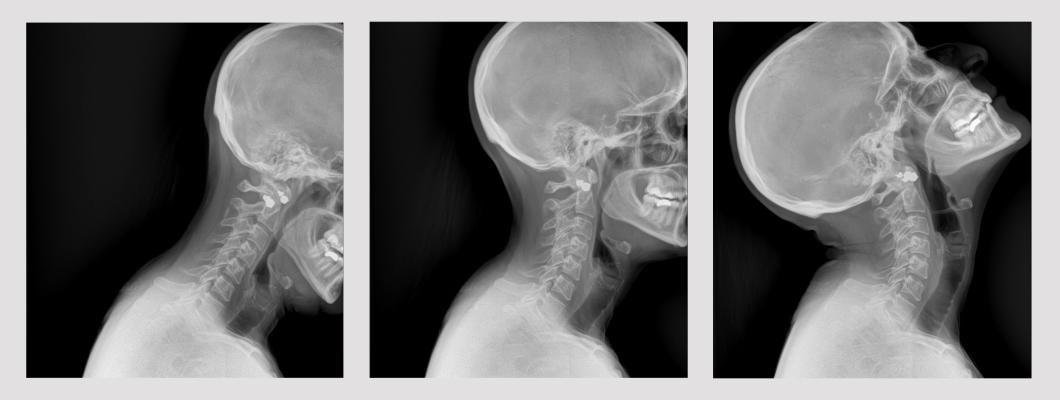
July 11, 2023 — Konica Minolta Healthcare Americas, Inc., announced significant expansion of X-Ray systems with Dynamic Digital Radiography (DDR) at multiple healthcare institutions across the US, including at Appleton Area Health (Appleton, Minn.), New Hampshire Neurospine Institute (Bedford, N.H.), Zwanger-Pesiri Radiology (N.Y.), and Summit Medical Center (Edmond, Okla.). The clinical utility of DDR is being realized across different provider types, from hospitals to clinics and private practices, encompassing a multitude of applications, including ER/inpatient triage, outpatient imaging, specialty musculoskeletal (MSK) imaging, and pre-surgical evaluations.
DDR is the next evolution in X-ray, enabling clinicians to view the dynamic interaction of anatomical structures, such as tissue and bone, with physiological changes over time. Unlike fluoroscopy, DDR is a series of individual digital X-ray images acquired at high speed and low doses, allowing the visualization of anatomy in motion. In the same study, clinicians can acquire static and dynamic images. DDR has broad utilization across multiple clinical care specialties, including pulmonary, musculoskeletal, lung transplantation, swallowing studies and more, and is being used for both contrast and non-contrast studies.
Appleton Area Health is a 15-bed critical access hospital serving a rural, mainly geriatric community that is part of a five-hospital health network. It is also the first community hospital in Minnesota to offer patients advanced X-ray imaging with DDR after acquiring the KDR Flex Overhead X-ray system. The hospital made the investment to help better evaluate patients across a plethora of injuries and diseases in an area where MRI is not readily available and requires a lengthy – and costly – patient transport.
Greg Miner, Appleton Area Health Chief Executive Officer, says, “To bring this type of diagnostic care to Appleton is truly remarkable. DDR is the type of technology you would expect to find in only large metropolitan areas in our region. Thanks to our partnership with Konica Minolta, we are the first to be able to provide our region with the same level of X-ray care patients receive at such renowned hospital as Mount Sinai in New York or Emory Healthcare in Atlanta.”
The KDR Flex Overhead X-ray System, one of five Konica Minolta DDR compatible systems, is a next-generation, smart radiography system that delivers an array of workflow innovations in addition to incorporating DDR. The system automatically tracks and aligns the tube to the table or wall stand, facilitating precision in positioning. The KDR Flex Overhead X-ray System has the flexibility to be configured as a manual, semi-automated or fully automated system to optimize workflow, reduce operator fatigue and increase patient satisfaction. A powerful X-ray generator and Automatic Exposure Control further optimize image quality and help minimize patient dose. The result is a more effortless system operation that enhances both the technologist and patient experience.
According to Jill Amos, RT(R) (CT) (MRI) MS, Director of Radiology, at Summit Medical Center, using DDR provides higher quality images at lower dose compared to fluoroscopy and it is more comfortable for the patient. The patient can stand during the imaging study versus laying down, which can be difficult for patients who have breathing issues. In addition to the lower dose that X-ray delivers compared to fluoroscopy, patients also benefit from the increased distance between them and the X-ray detector. Some patients can become claustrophobic due to the image intensifier tube arm placed over them for imaging.
“With DDR, we always get the bolus for the barium – we don’t miss anything and there are no repeats,” says Amos. “Our field of view is also much larger with X-ray and DDR, as we can image the entire thorax down to the top of the pelvis. With the larger 17 x 17 detector, the physician and the patient can watch the swallow study all the way from the esophagus down to the stomach and into the small intestine. We have found this also helps the patient understand their condition and procedure, which helps with their compliance.”
“The increasing adoption of DDR by multiple specialties is proof of the clinical value and efficacy of DDR in imaging,” says Guillermo Sander, PhD, Marketing Director for Digital Radiography, Konica Minolta Healthcare. “As early adopters of this novel technology continue to grow, we look forward to hearing from each of these centers about the impact of this technology on patient care and outcomes, particularly in patient populations where low dose imaging techniques are essential to their long-term health.”
For more information: https://healthcare.konicaminolta.us
Find more AHRA23 conference coverage here


 December 05, 2025
December 05, 2025 









